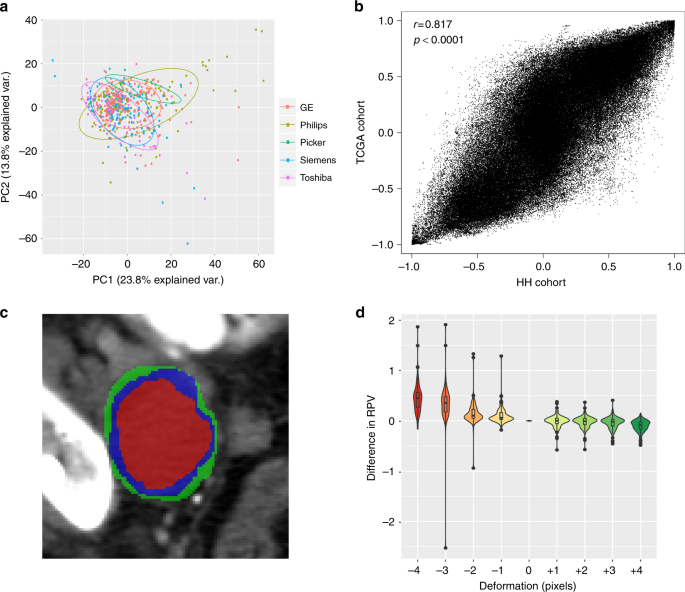Treating Alzheimer’s disease with lights and sounds
A Boston-based startup developed a non-invasive treatment for Alzheimer’s disease that slowed Alzheimer’s disease patients’ cognitive delay by 83% and functional decline by 84% after just six months. It’s as easy as wearing a specialized set of goggles and a headset once a day for an hour. Does this sound too good to be true? According to the Boston Globe, that’s precisely what the medical device designed by Cognito Therapeutics demonstrated in a recent study.
“We made Alzheimer’s patients look like non-Alzheimer’s patients,” Cognito chief executive Brent Vaughan told the Globe.

Cognito Therapeutics’ medical device is designed to treat Alzheimer’s disease patients. Image credit: David L. Ryan/The Boston Globe
Alzheimer’s disease is robbing millions of people of their memories and diminishing their cognitive abilities. The Alzheimer’s Association states that 55 million people worldwide live with Alzheimer’s and other dementias.
Alzheimer’s disease is a degenerative brain disease and the most common form of dementia. Dementia is not a specific disease. It’s an overall term that describes a group of symptoms. – The Alzheimer’s Association
Dementia is a devastating disease for patients and their families. Beyond the suffering, a high societal cost is associated with caring for dementia patients. According to The American Journal of Managed Care, “In 2022, the estimated healthcare costs associated with [Alzheimer’s disease] treatment were $321 billion, with costs projected to exceed 1 trillion [dollars] by 2050. These cost-of-care projections are based on direct healthcare costs and are likely underestimated because indirect costs associated with AD treatment are usually not included.”
As the world ages, there is an increased need for treatments for Alzheimer’s disease.
Cognito Therapeutics was founded in 2016 after Professors Ed Boyden and Li-Huei Tsai, both of MIT, discovered how to trigger gamma waves in mice. The gamma waves reduced the amyloid plaques in the mice’s brains. Since amyloid plaques accumulate in Alzheimer’s patients, they focused on applying gamma wave stimulation to human patients.
Gamma Wave Therapy
The technique, known as gamma wave therapy, uses a headset that delivers pulsing lights and sounds at fast and specific frequencies. The therapy aims to stimulate the activity of immune cells inside the brain known as microglia. The aim is to help the central nervous system clear out specific proteins that can lead to neurological diseases and dementia.
In the study published in PLOS ONE in December 2022 that showed that six months’ use of their digital therapeutic could reduce the rate of atrophy within the brain’s white matter, the researchers from Cognito Therapeutics used EEGLAB, a MATLAB community toolbox for processing electrophysiological signals.

Acute 40Hz combined visual and auditory stimulation entrains cortical and subcortical regions. Image credit: Chan D, Suk H-J, Jackson BL, Milman NP, Stark D, Klerman EB, et al.
In the same study, the researchers at Cognito Therapeutics used Statistical Parametric Mapping (SPM), a MATLAB Community Toolbox, for the MRI analysis of the study participants. The SPM software package has been designed to analyze brain imaging data sequences. The sequences can be a series of images from different cohorts, or time series from the same subject. The current release is designed to analyze fMRI, PET, SPECT, EEG and MEG.
The anatomical changes are shown in the figure below. This is also from the 2022 paper published in the journal PLOS ONE.

Daily GENUS leads to group-level differences in structural and functional MRI outcomes at Month 3. Image credit: Chan D, Suk H-J, Jackson BL, Milman NP, Stark D, Klerman EB, et al.
This study was very promising. However, it was limited in scope due to restrictions during the pandemic. Cognito Therapeutics has started a much larger clinical trial which will enroll approximately 500 patients at 50 sites. This phase three test will focus on patients with mild to moderate disease. They hope this test’s results will earn them FDA approval by the end of 2025.
The company has also designed a sleeker headset that it hopes to commercialize if its clinical trial is successful.









コメント
コメントを残すには、ここ をクリックして MathWorks アカウントにサインインするか新しい MathWorks アカウントを作成します。